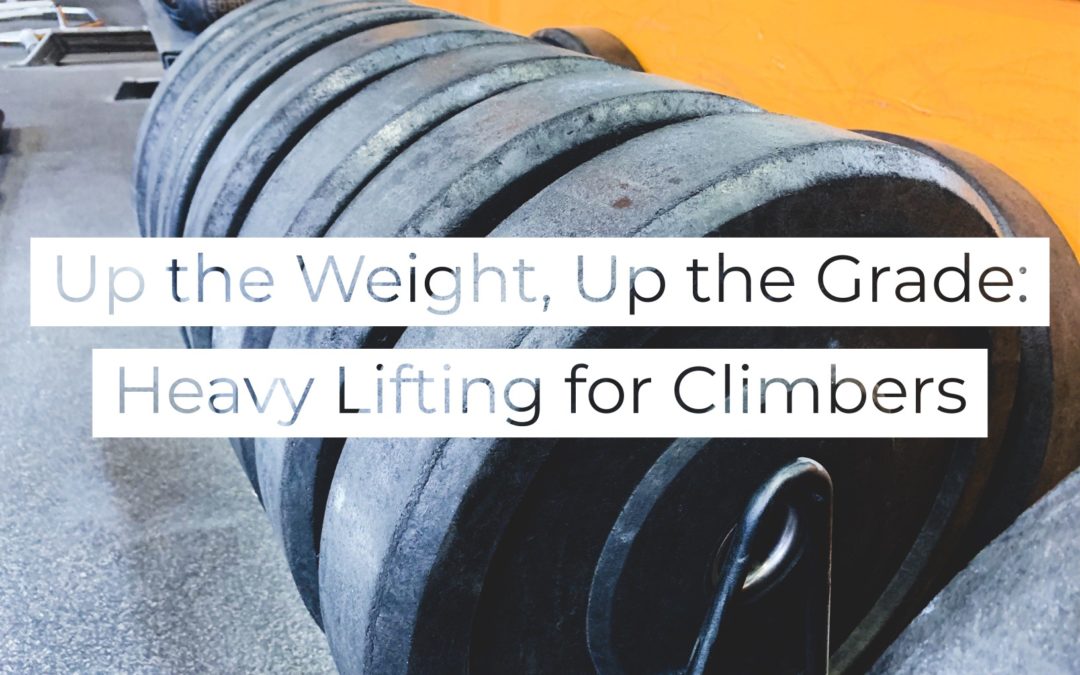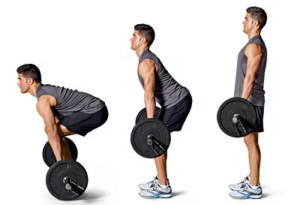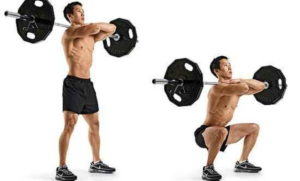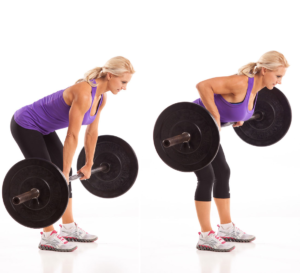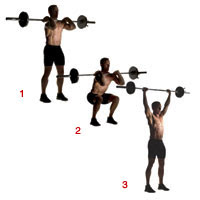Words by Lauren Irvine
Weightlifting has a reputation. Stereotypically, the weight room is the domain of the hulks and lunks whose speciality are picking things up and putting them down (although they do rival climbers in their exertion-powered yells). But, barring that, strength training is incredibly beneficial for any kind of physical activity.
While consistently lifting lighter weights for tons of reps will make you stronger, you’re only activating the slow-twitch muscle fibers needed for endurance--and your climbing training already has that covered. To build the explosive strength needed for the most difficult moves or craziest dynos, you need to focus on your fast-twitch fibers, and to do that, you have to go heavy. Heavy lifting builds strength that will power you through your dynamic crux, but also prevent the joint and tendon injuries that can cut your biggest projects short.
If you haven’t incorporated lifting into your gym training routine, now is the time to start. Luckily, you only need four basic exercises. These core, full-body lifts--preferably done with a barbell, but dumbbells also work!-- will help to start making big gains in strength and stability. Before attempting any of these lifts, educate yourself on proper form and safety by watching videos of the lifts in action (Bodybuilding.com is a great resource). Please note that lifting without a shirt does not increase your strength, and that shirts are required in the Sender One fitness area. Practice with an empty barbell or light dumbbell to ensure you have the correct movement.
Barbell Deadlift
Image from https://hamzazoraa.wordpress.com/2013/09/11/how-to-perform-the-biggest-move-in-the-gym-the-barbell-deadlift/
Deadlifts are a full-body movement that will make your back as solid as the best rock at the crag. It’s a movement you’ll find yourself using in the real world anytime you’re faced with picking up something heavy, from a piece of furniture to your kid. The deadlift hits a huge number of critical stabilizer muscles: lower back, glutes, abs, quads, hamstrings. And, once the weight starts really going up, it can double as grip training--many heavy lifters use chalk to aid their grip.
Barbell Front Squat
Image from https://legionathletics.com/how-to-squat/
A super-effective full-body movement that utilizes almost every muscle group, squats are the top of the weightlifting echelon. They not only build allover strength via a completely natural movement, but also increase the flexibility of your knees and hips. Squats come in two primary flavors--back and front--and while back squats hit your butt, front squats are better for climbers. They’re much more quad-dominant, and maintaining the proper upright form throughout the rep will also work your core and back.
Bent Row
Image from https://julielohre.com/bent-barbell-row/
Also known as a barbell row, this lift hits your stabilizer muscles with an emphasis on your middle back and core--sensing a theme here? Keeping your abs tight, opening up your chest, and using your back (not your arms) to move the weight will result in a simple movement that simultaneously strengthens your lats, middle back, traps, core, and even your biceps.
Push Press
Image from http://grownewmuscles.blogspot.com/2009/11/front-squat-to-push-press.html
Climbers are really good at pulling (see: pull-ups, hangboards, any time you’re on the wall) but pressing? Maybe not. Enter the push press: an upper-body compound movement, the push press hits your upper back, shoulders, chest, and arms in a fluid, explosive motion. Unlike its static brother, the overhead press, the push press engages your hips and legs for some drive. So, you can both get more weight up thanks to the momentum and also work your legs and core in the process. And since you’re standing, you’ll instantly feel any imbalances in your form and can adjust appropriately.
Bodyweight Accessories
Want to challenge yourself further? Consider throwing in a couple rounds of eight to ten reps of the following bodyweight exercises as your cooldown: dips, push-ups, inverted rows, hollow rocks/V-ups, or hyperextensions/glute-ham raises.
Once you feel solid, incorporate these lifts into your program twice a week with three sets of each exercise. Do five reps for the first set, four for the second, and three for the third, increasing the weight each set, and finish all three sets of one life before moving on to the next. Bonus: heavier weight means a shorter workout, so these lifts make a perfect warm-up routine before hopping on the hangboard.
Lifting may not appeal to everyone, but the benefits are undeniable. Your routine doesn't need to use intricate machines or a multitude of plates for it to be effective. As with any workout, stay smart and be consistent to get your gains! Good luck, climbers!
*Disclaimer: Sender One Climbing is not responsible for any injuries sustained during this training exercise. Use this guide at your own discretion. Weightlifting can result in injury if not performed properly. Choose weights accordingly and be mindful of your body and form. Shirts are REQUIRED at Sender One Fitness Areas.

